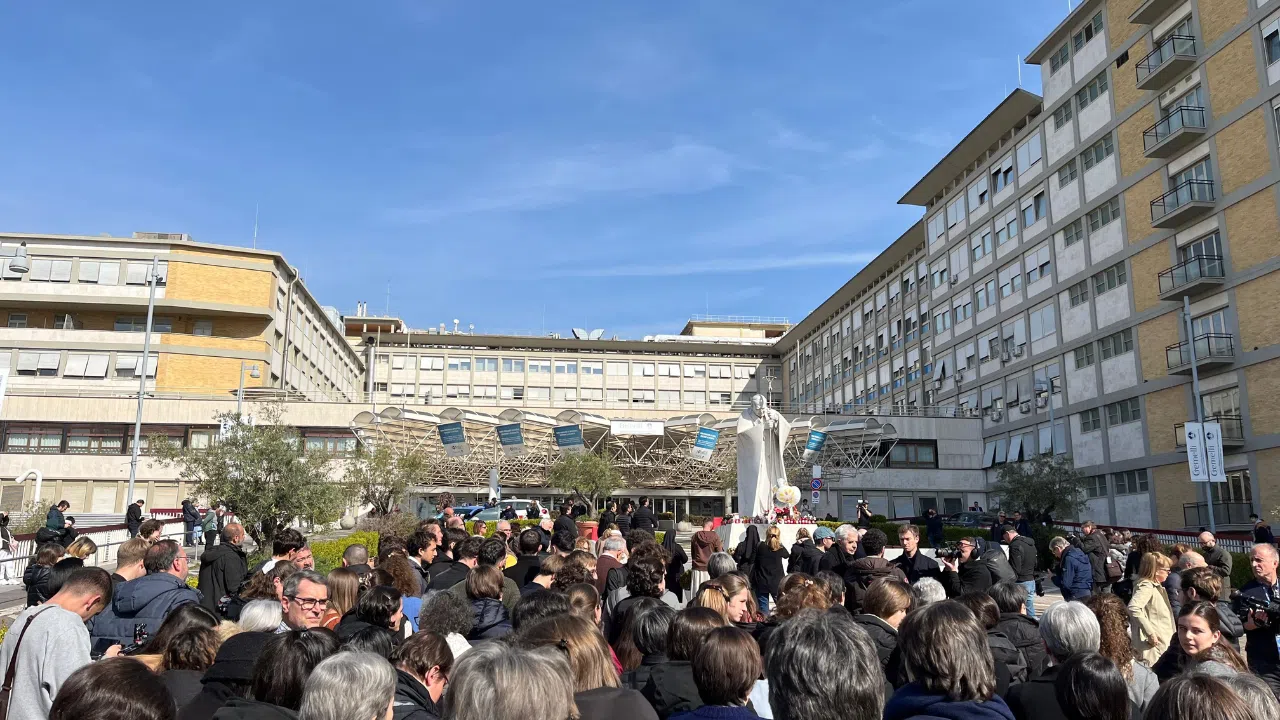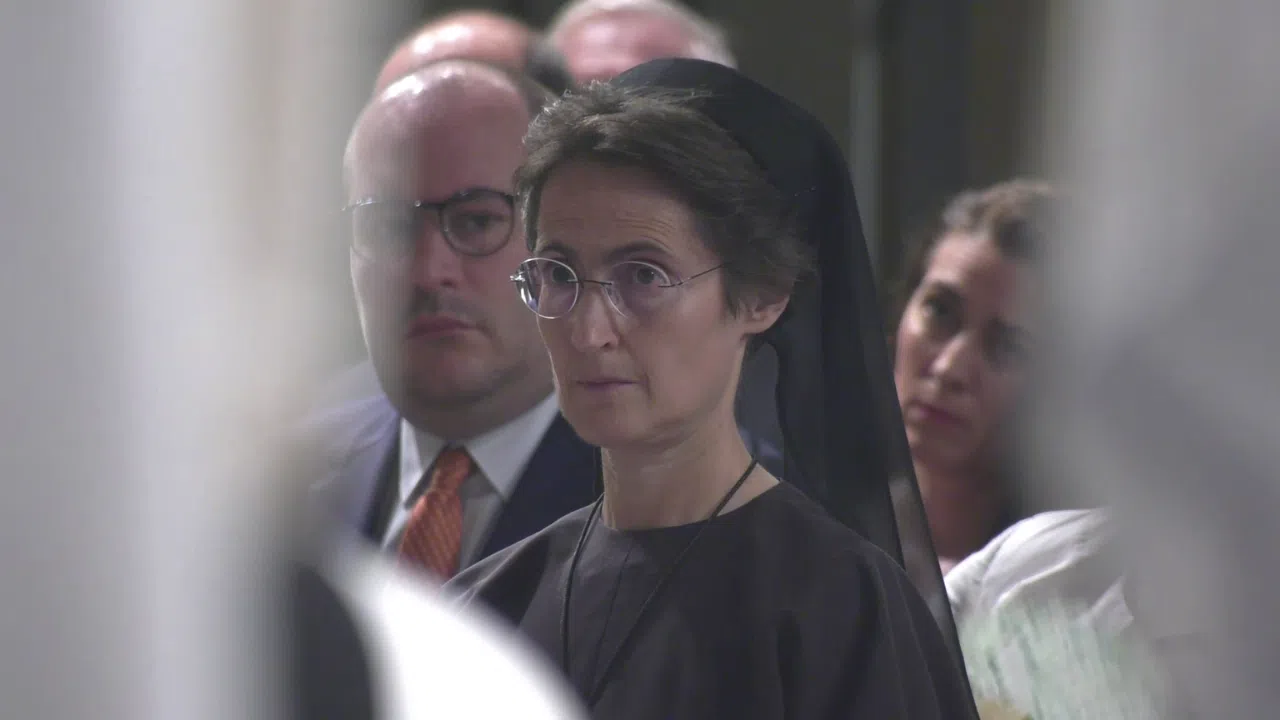Different governments and world institutions have been reporting the decline in the birth rate as one of the most concerning figures on a global level. Pope Francis also spoke about this during a forum dedicated to this issue.
POPE FRANCIS
The problem in our world is not children being born: it is selfishness, consumerism and individualism, which make people complacent, lonely and unhappy. The number of births is the first indicator of people's hope. Without children and young people, a country loses its desire for the future.
And the figures reflect this. According to the United Nations and the World Bank, the number of children per woman globally fell from 5 in 1950 to 2.3 in 2021. These figures are even worse when looking at specific countries.
For example, in just over 70 years, women in the United States have had an average of two fewer children. In other regions, the drop is exponential. In Mexico, it has gone from almost 7 children per woman in 1960 to less than 2 in 2021. The same is true of South Korea, which has dropped from 5.95 to 0.81.
Africa is the continent that breaks this trend in the world's birth rate figures. But the decline can still be seen. For example, Niger is the country with the highest fertility rate with 7.53 children per woman and this figure fell in 2021 to 6.82.
There are several reasons for this worldwide decline, mainly related to a number of socio-cultural phenomena. One example is the incorporation of women into the workforce, which tends to delay the age at which they have children. Decades ago, women had large families when they were only 23 or 24 years old. Nowadays, a woman decides to become a mother on average at the age of 27.
DONATELLA PACELLI
Sociologist, LUMSA University (Rome)
We cannot keep silent about the weight that legitimate female emancipation has had on this trend. Perhaps if empowered women had found more support, more help in the private and public sectors, we would have a trend today that is not so negative in terms of children.
So the economic issue is a very serious one. The matter of not supporting working mothers is an equally serious issue.
As a result, governments and companies are now being asked to implement policies that help families balance work and family life.
POPE FRANCIS
This means implementing serious and effective family-friendly choices. For example, putting a mother in the position of not having to choose between work and childcare or freeing many young couples from the burden of job insecurity and the inability to buy a house.
It is precisely young people's fear of instability in the future that is another social factor affecting the birth rate.
DONATELLA PACELLI
Sociologist, LUMSA University (Rome)
The family value is perceived, but the fear of an uncertain future from a job, economic and overall well-being point of view that one can guarantee to one's children is clearly persisting and will contribute to even more negative data.
But there is another key figure to be added to all this data: life expectancy. Today, people live an average of 28 years longer than in 1950. This means that, in that decade, the average life expectancy was 45 years; now, it is about 73 years.
This may have consequences in the future in areas such as pensions. If there is not a high population that can contribute with their taxes to pay for the retirement of the elderly, as some countries warn, the world economies could run into big problems.
CA
TR: KG






















